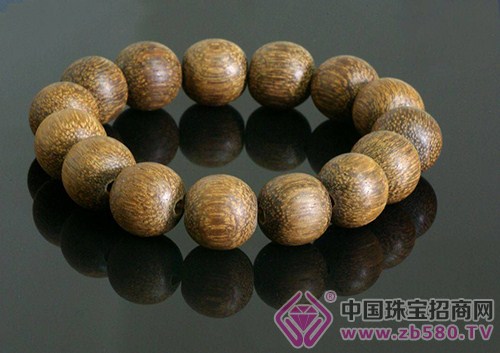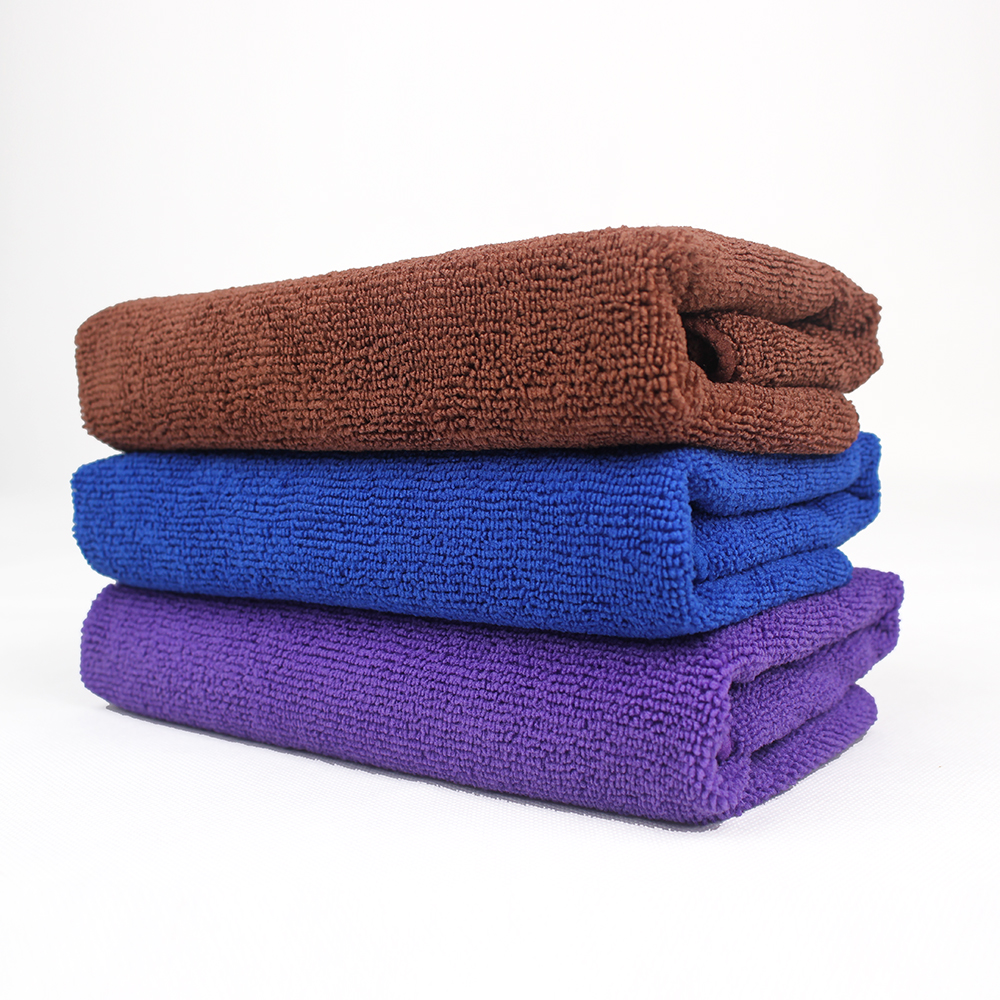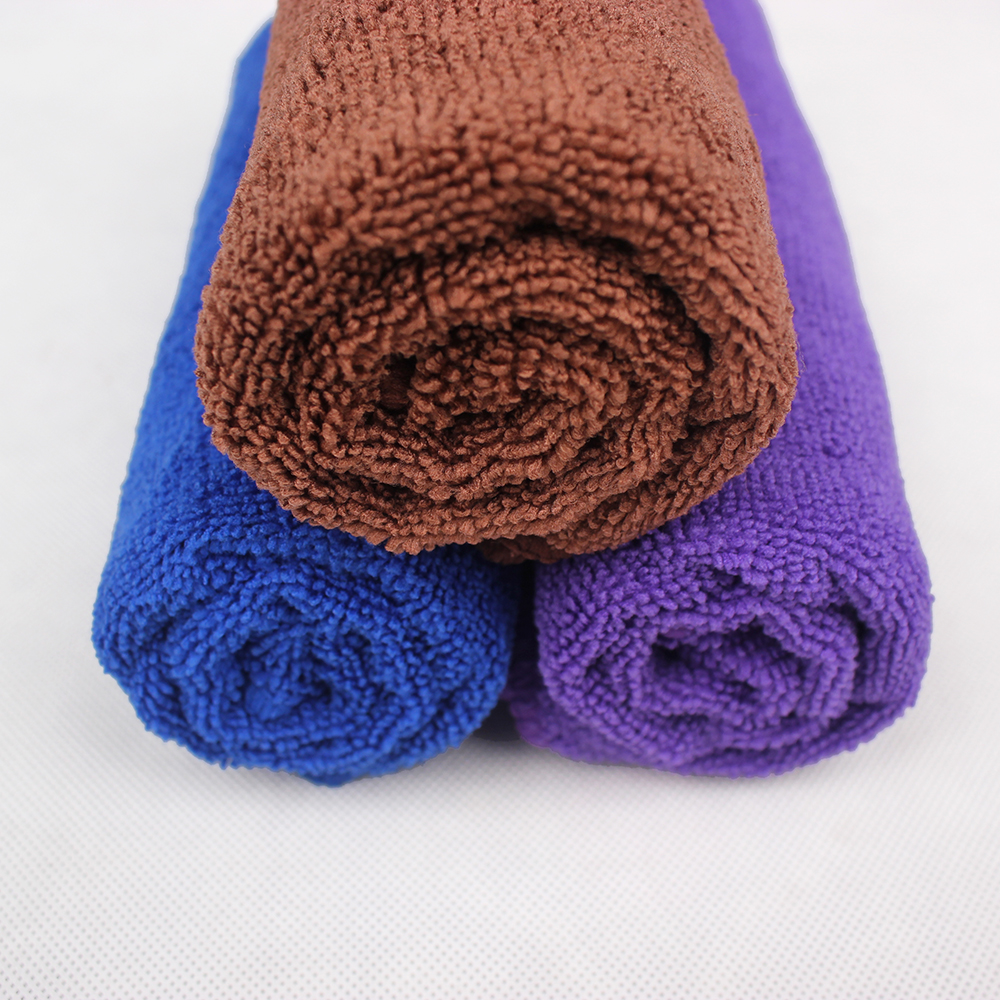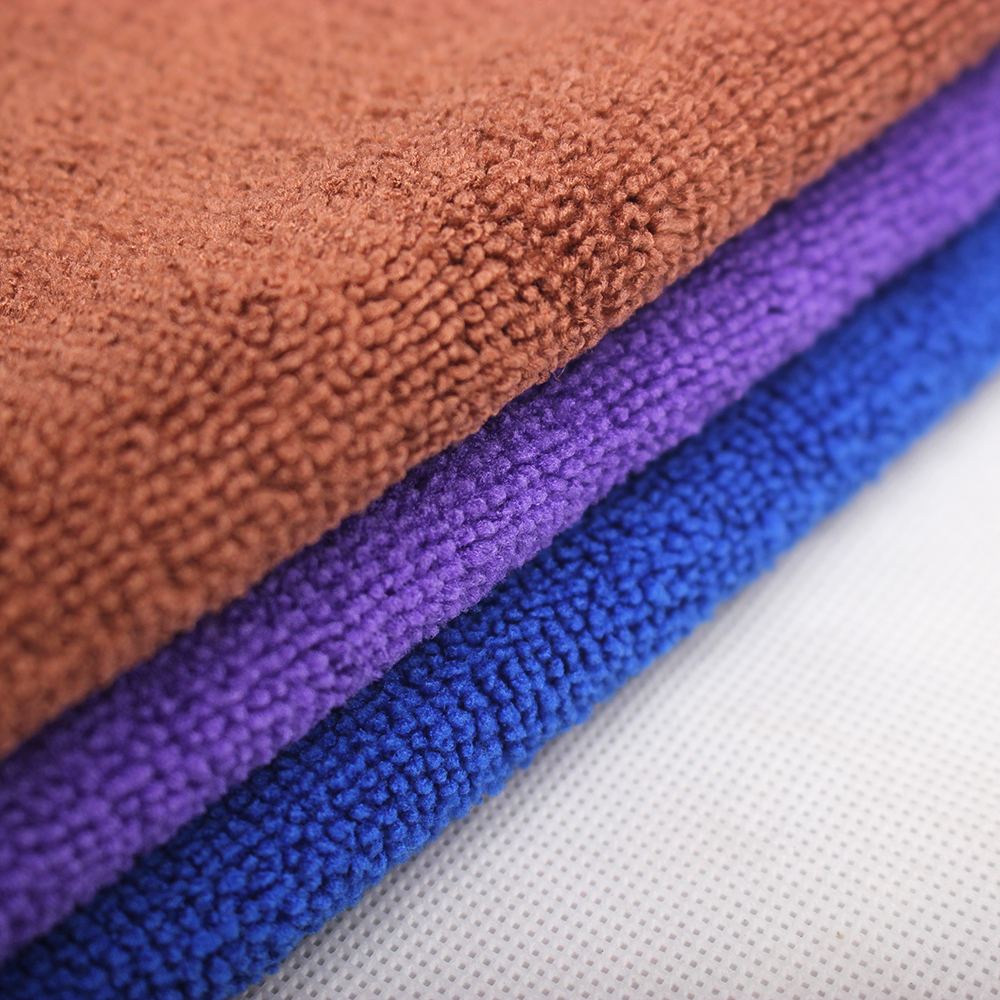The president of the China Federation of Agrotechnical Research Association has been collecting and studying agarwood for more than ten years. He has visited Ayutthaya in China, Taiwan, Japan and the Middle East. The "Tiewei Mountain Talk" written by Cai Song, a scholar of the Song Dynasty, "Zeng Xiang is worth a million dollars." The ancients used a long history of agarwood, especially the literati, who especially liked this wonderful natural fragrance. Nowadays, people's interest in agarwood is getting stronger, but most of them don't know much about it. Many people have learned about Agarwood from unprofessional operators, so they have many misunderstandings about Agarwood. For example, some people think that agarwood is wood, tree oil, resin... However, these are not accurate. Do you know the agarwood and its classification? Do you know the cultural connotation of Aquilaria? And listen to the experts to speak. What is agarwood? Some people think that many plants can produce agarwood, such as Euphorbiaceae, olives and eucalyptus, but it is not. The plants that can form agarwood are mainly the fragrant trees of the genus Aquilaria sinensis, but the wood of these fragrant trees has no obvious aroma. When these woods are infected or infected with bacteria, they secrete a creamy agglomerate. The superior agarwood is that the trees overproduce these pastes for unknown reasons, causing the trees themselves to die, and when the wood fibers rot, leave the scented balsam. It can be seen that agarwood is not directly taken from a kind of wood like sandalwood, nor is it directly taken from a kind of resin like dipterocarp. It is a solid mixture of various ingredients such as gum, resin, volatile oil and wood. Agglomerates, varying in volume and in various shapes. Agarwood at room temperature, light aroma; smoldering is rich, cool, mellow. In addition, the time of agarwood is long and rare, so it has been respected by the world since ancient times. Natural fragrant trees usually have a developed resin gland for ten or more years, so that it is possible to form a "fragrance", and "fragrance" will take a long time to truly "mature." Some incense trees can last for hundreds of years, and the agarwood that remains after lodging often has a life span of hundreds of years. Ever since, the ancients praised Aquilaria as "a collection of thousands of years of heaven and earth aura." Classification of forests Some people divide the agarwood into submerged scent, earth agarwood, inverted frame, white wood and insect leakage. These lack scientific basis because it is not divided under the same taxonomy. It's like dividing a person into an old man, a woman, a professional manager, and a cold patient. Some are ridiculous. Here are a few simple introductions to the readers. From the perspective of the formation process, Agarwood has the distinction of "raw" and "cooked". When the agarwood tree is injured, its wounds will secrete oil. As the oil accumulates more and more, the bundle of fiber bundles on the tree for transporting moisture and oxygen is blocked, and this part of the fragrant wood fiber tissue will be necrotic and fall off. Before falling off, this part of the agarwood that is still growing, developing and fragrant is called aroma. When it is ripe and peeled off from the tree, it falls to the surface. Over time, it will be buried by objects such as leaves and buried under the soil. Because of the moisture, microbes, and minerals in the soil, these substances promote further transformation, and the resulting agarwood is called ripe aroma. The chemical composition of the ripe aroma is quite different from the agarwood of the knot on the tree. The ripe scent excavated from the dry soil environment is called agarwood, and the ripe scent excavated from the mud algae is called water agarwood. In terms of tree species, 15 wild agarwood species have been found in nature. Therefore, according to different tree species, agarwood can be divided into 15 kinds, such as the white wood fragrant agarwood produced in Hainan, China, and the agarwood tree agarwood produced in Yunnan. According to the different places of origin, agarwood is divided into domestic agarwood and imported agarwood. Domestic agarwood origins include Hainan, Hong Kong, Dongguan and its surrounding areas. Imported agarwood, according to the country, Vietnam, Laos, Myanmar, etc.; according to the abundance of the country of origin, such as Indonesia is composed of many islands, each producing agarwood, then the agarwood of different origins is based on the island or a town on the island The name of the name, such as the agarwood from Kalimantan, is called Kalimantan Agarwood. There are also two classification methods for agarwood related to the ancients. One is divided according to the degree of submerged water. This can be divided into submerged water, stack incense and speed incense. Shenshuixiang, the agarwood that sinks to the bottom of the water; the incense stick, which is a semi-sinking and semi-floating state in the water like a trestle; the fragrant incense (since it has a short fragrant time, hence the name incense), that is, almost floating The agarwood on the surface of the water, also known as yellow ripe aroma (due to its short aroma, low oil content, relatively loose wood, the color is bright yellow or even brownish yellow, so it is also known as yellow ripe incense). Nowadays they are called submerged, semi-submerged and floating. This experiment, which tests the degree of submerged water, tests the density of the agarwood, which is the amount of oil. The level of oil content is also the basis for the classification of agarwood. The higher the oil content, the higher the level of agarwood. The other classification is divided according to the taste tone, which can be divided into Hui'an flavor and Xingzhou flavor. In ancient times, the traffic was inconvenient, and the agarwood production area had to be taken locally and transported short-distance. The ancient city of Huian in Vietnam is one of the important distribution centers of Aquilaria. The Huian flavor is the general name for the agarwood produced in Vietnam and neighboring countries. Vietnam and neighboring countries are adjacent to each other. The soil environment, climatic environment and tree species are closely related, and the base of the fragrance is the same. In addition to Hui'an, Singapore was also an agarwood distribution center in ancient times. At that time, the agarwood in the main producing areas of Indonesia and Malaysia was sent to Singapore for trading. Singapore was known as Sin Chew in ancient times, so the agarwood that was distributed in Singapore was called Sin Chew. The taste of Xingzhou Agarwood is almost the same. Here, by the way, the aroma of agarwood can be divided into sweet (sweet), spicy (spicy and spicy), sour, bitter and salty. The sweetness of Hui'an flavor is higher, the aroma is more elegant, and it conforms to the smelly taste of traditional Chinese people. The aroma of Xingzhou flavor is richer, such as the Indonesian red clay, the aroma is strong, the sweetness is a bit spicy. There are also some almond smells, the smell is very rich, the oil content is high and heavy, slightly ignited, the air is filled with a strong, aromatic aroma, for a long time. In addition, agarwood can also be classified according to the cause of the aroma. There are many ways in which agarwood can be harmed, such as typhoons, pests, forest fires, man-made, and destruction of wild animals. According to different shapes, agarwood can also be divided into leather oil, insect leakage, bucket, head, tree heart oil and new silk. If other classification methods are used, they can be classified according to their traits (including color, shape, etc.) and special qualities. In short, there are still many classifications of agarwood, and it must be cognized and classified under the same classification criteria. Is agarwood agarwood? Many consumers confuse agarwood with agarwood. In fact, the nature of the two is completely different, and the price difference is huge. Agarwood is essentially wood, and the basis for determining whether it is agarwood or agarwood is the amount of oil. According to the Pharmacopoeia of the People's Republic of China, a solid agar content of more than 10% is a qualified agarwood, while less than 10% is agarwood. What is a solid precipitate? It can be explained by experiments. Take a piece of agarwood, crush it, take out 100 grams of agarwood powder and put it in an alcohol-filled dish. Soluble substances will dissolve into the alcohol. This forms a solution containing agarwood oil. Alcohol has the property of being volatile. These solutions are then volatilized. The solute dissolved in the alcohol after volatilization will precipitate. If the weight of the precipitated solute exceeds 10 grams, then the solid precipitate content exceeds 10%, which is a qualified agarwood; if the weight of the precipitated solute is less than 10 grams, the solid precipitate content is less than 10%, which is Agarwood. MULTI-PURPOSE: These Car Polishing Towels can be used as car wash towels, window glass cleaning towels, car drying towels, self-polishing polishing towels for your car, organizing towels. When used with all detail sprays, they can still be used as detail towels inside and outside the car. They are good at waterless cleaning, fast thinning, lamination, sealant, glaze and wax removal. Mainly used as car polishing towel.
SUPER ABSORBENT AND SUPER SOFT: These absorbent car polishing washing towels feature double-sided plush that absorbs twice as much as traditional cleaning microfiber, so you can drastically reduce drying time
Car Polishing Towel,Microfiber Polishing Cloth,Car Polishing Cloth,Microfibre Car Polishing Cloths SUZHOU BETTER CLEAN CO LTD , https://www.betterclean.net
No labels, no seams, no edges: that means no streaks, no scratches! These infinity microfiber towels have sonic cut edges so they're safe on all surfaces. Plus, it's 100% machine washable.



August 14, 2022